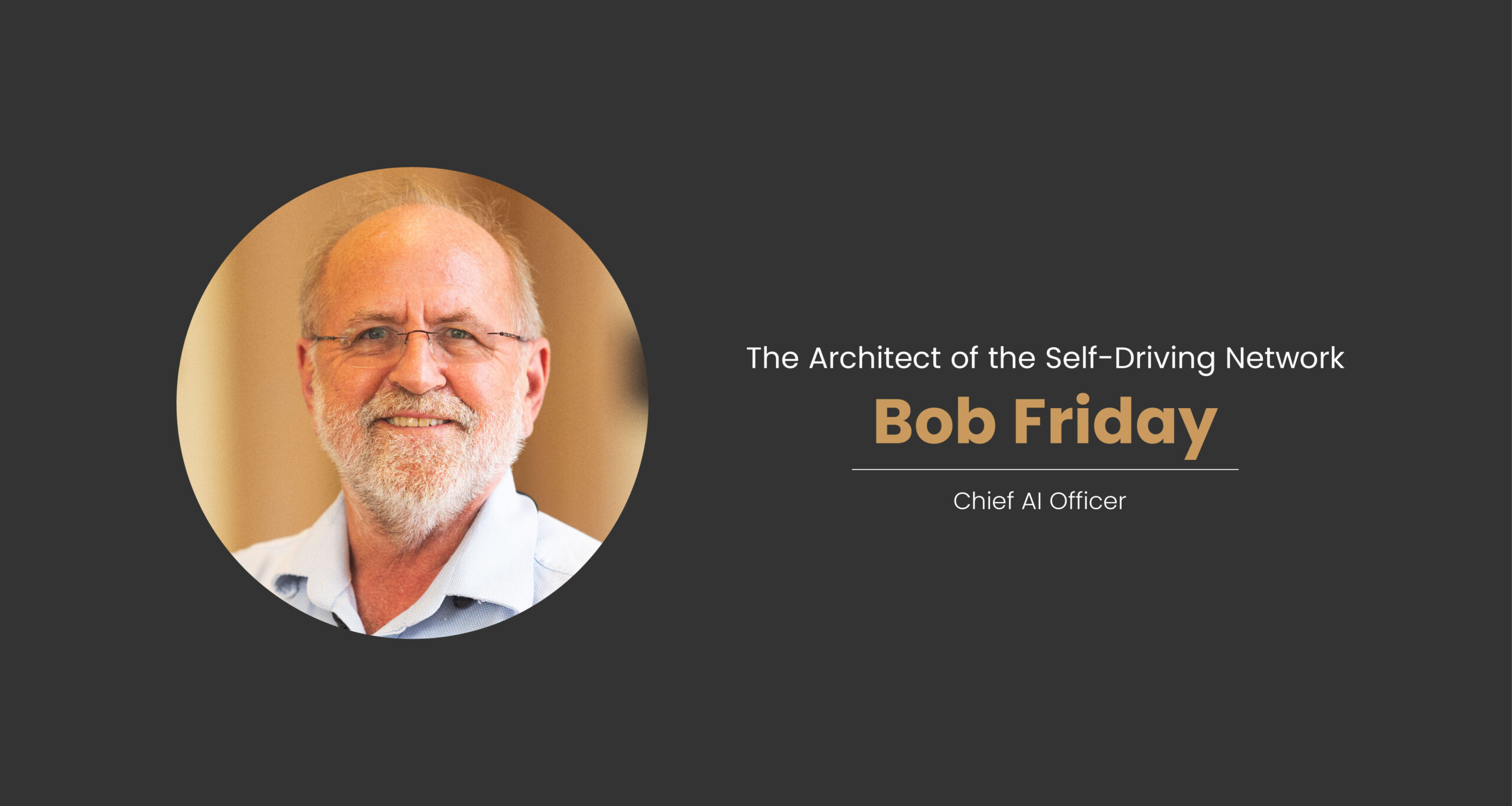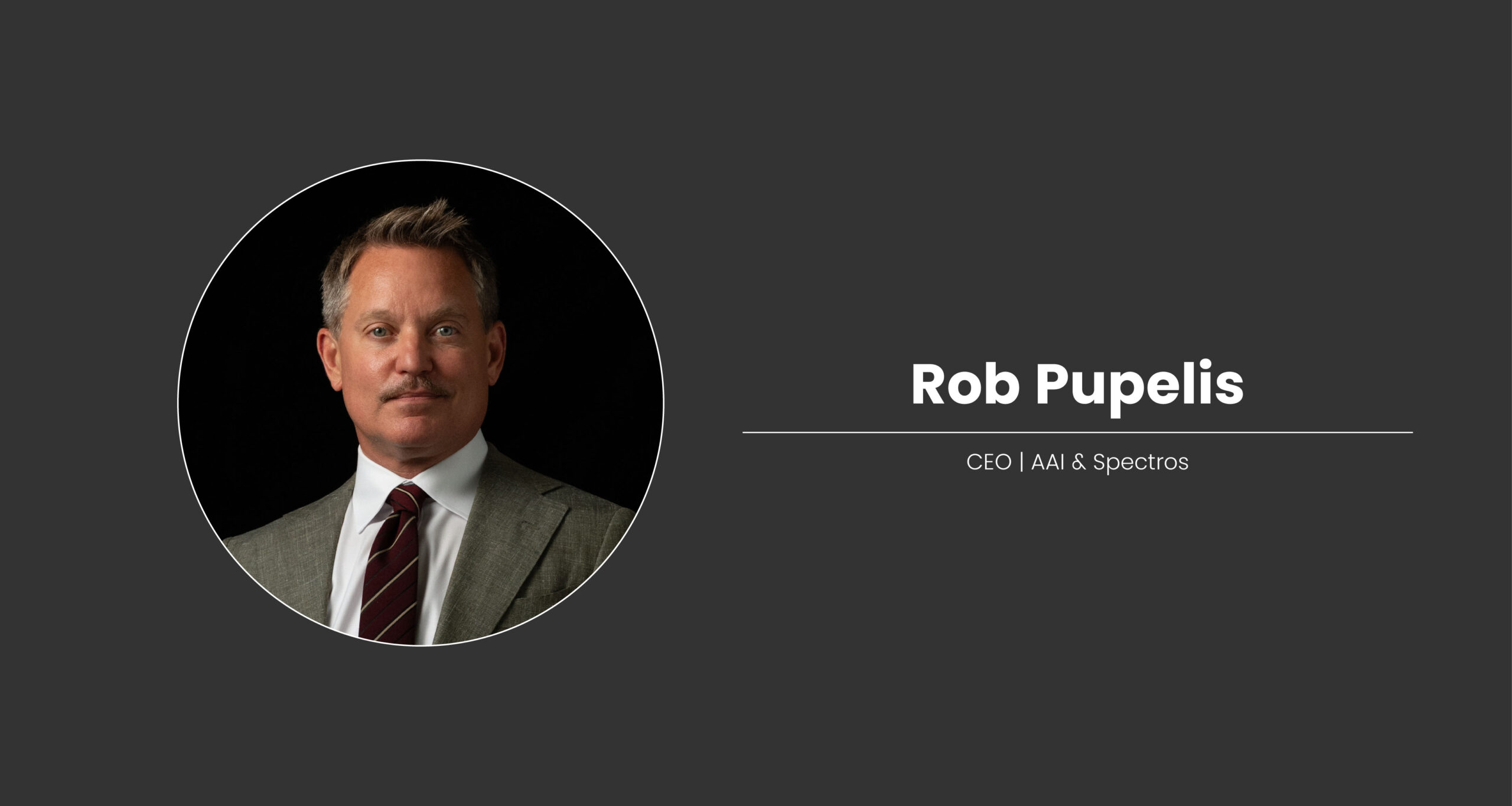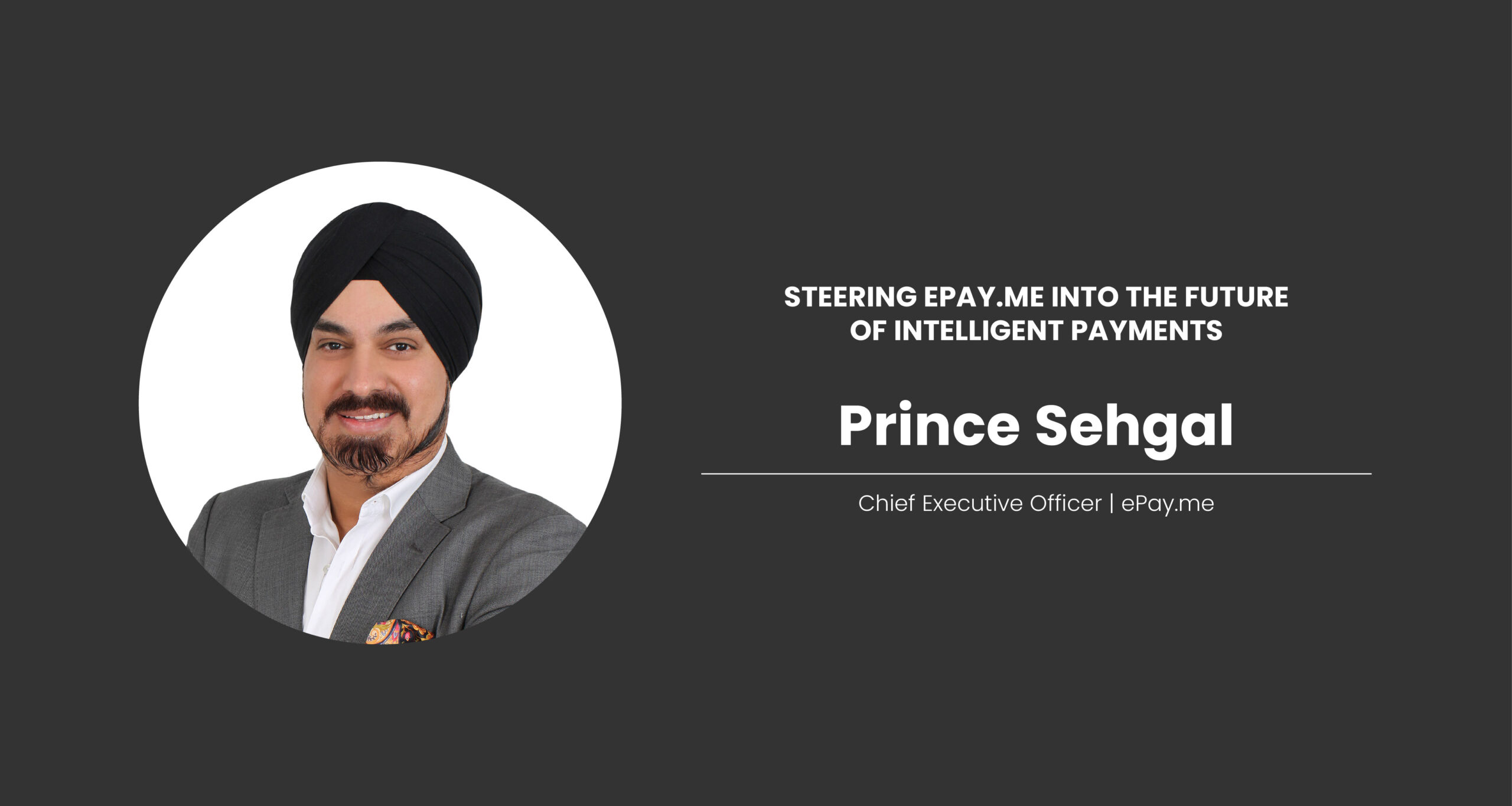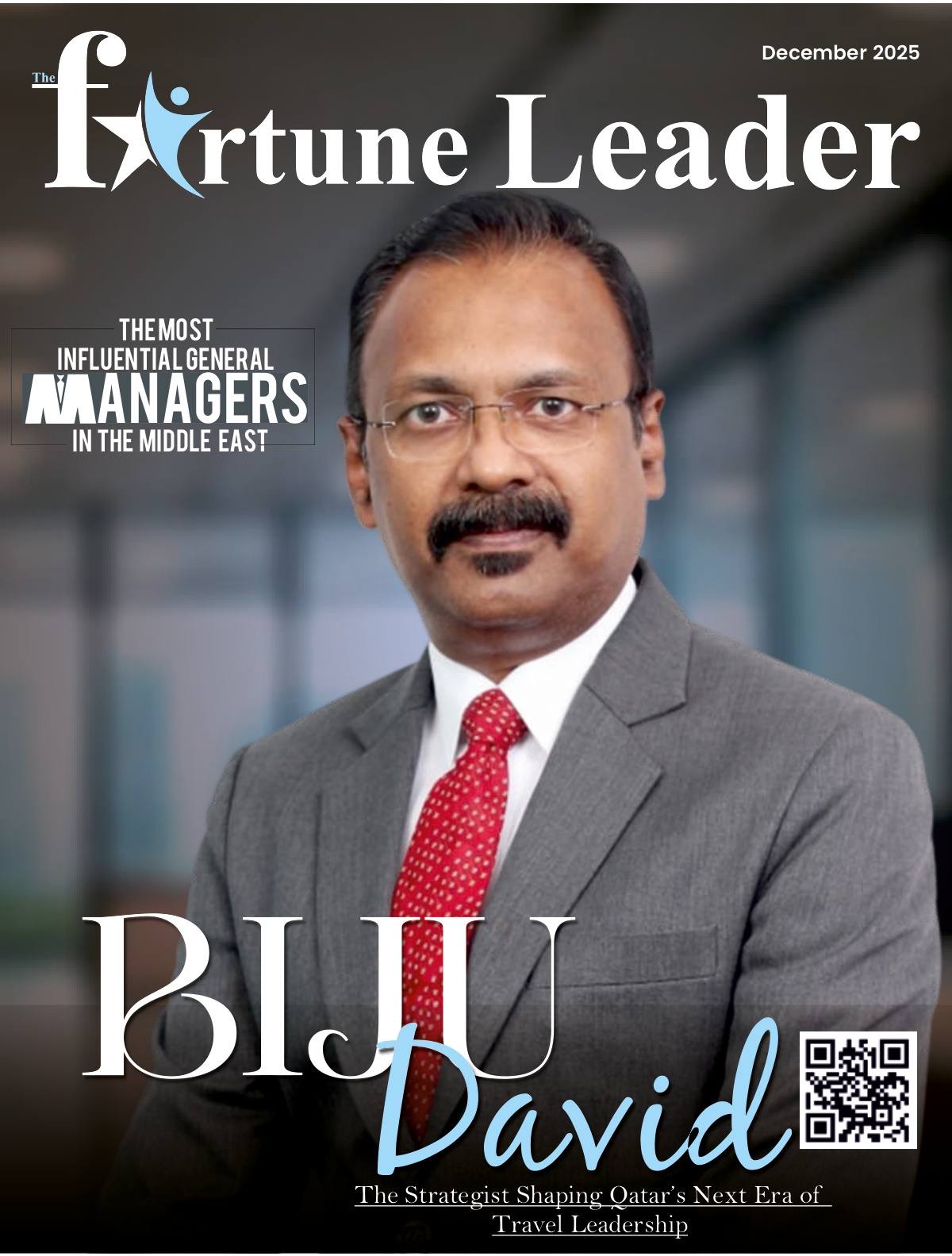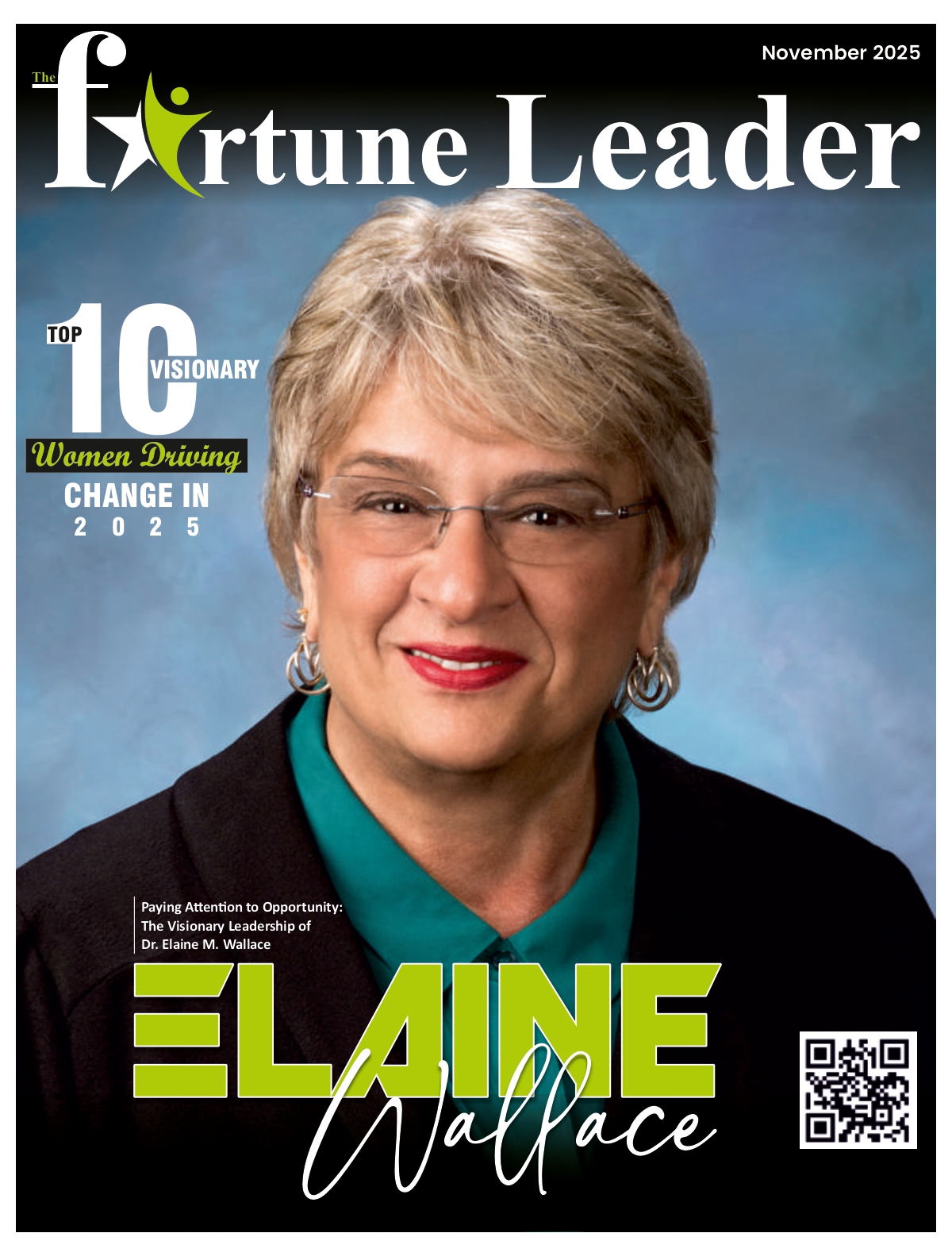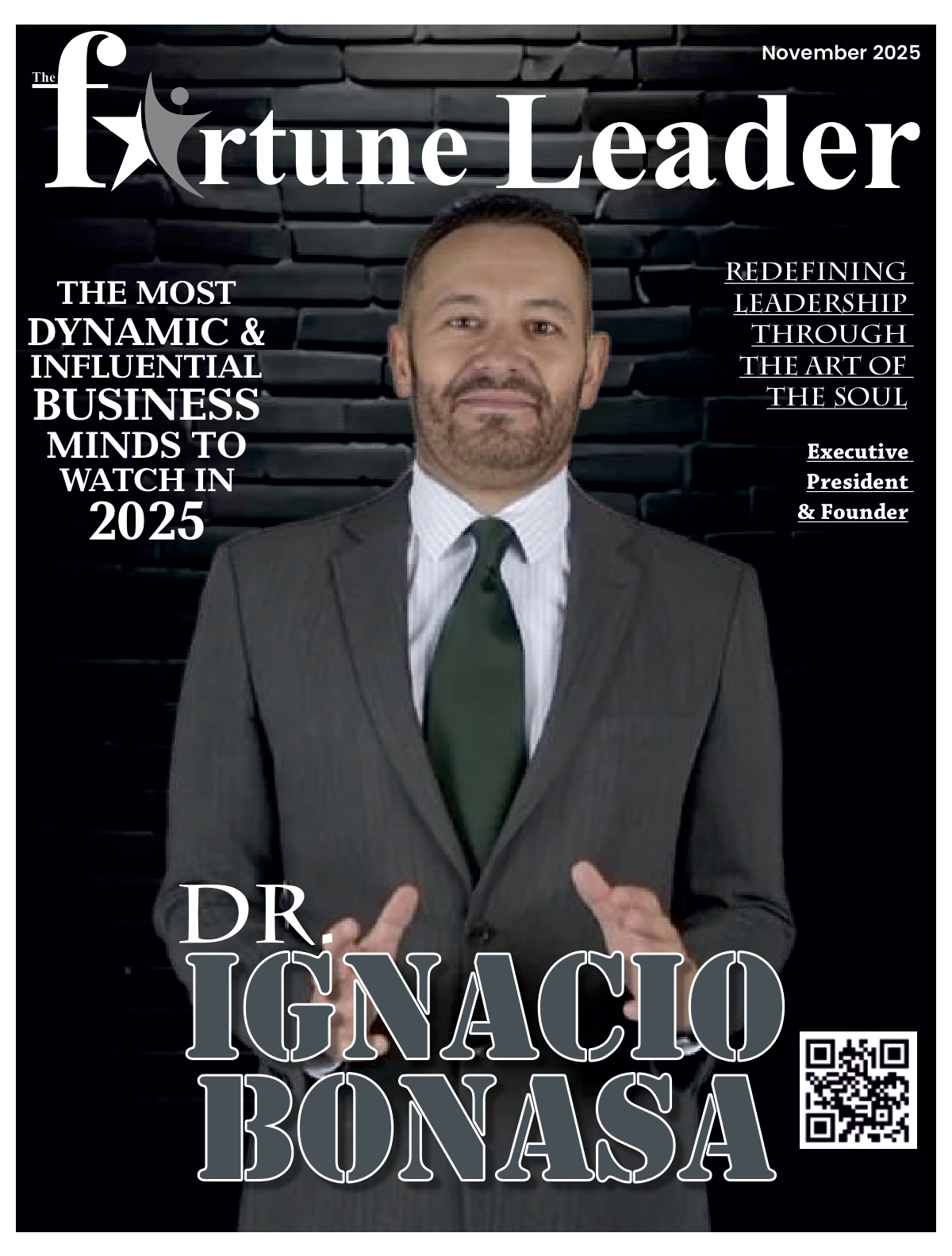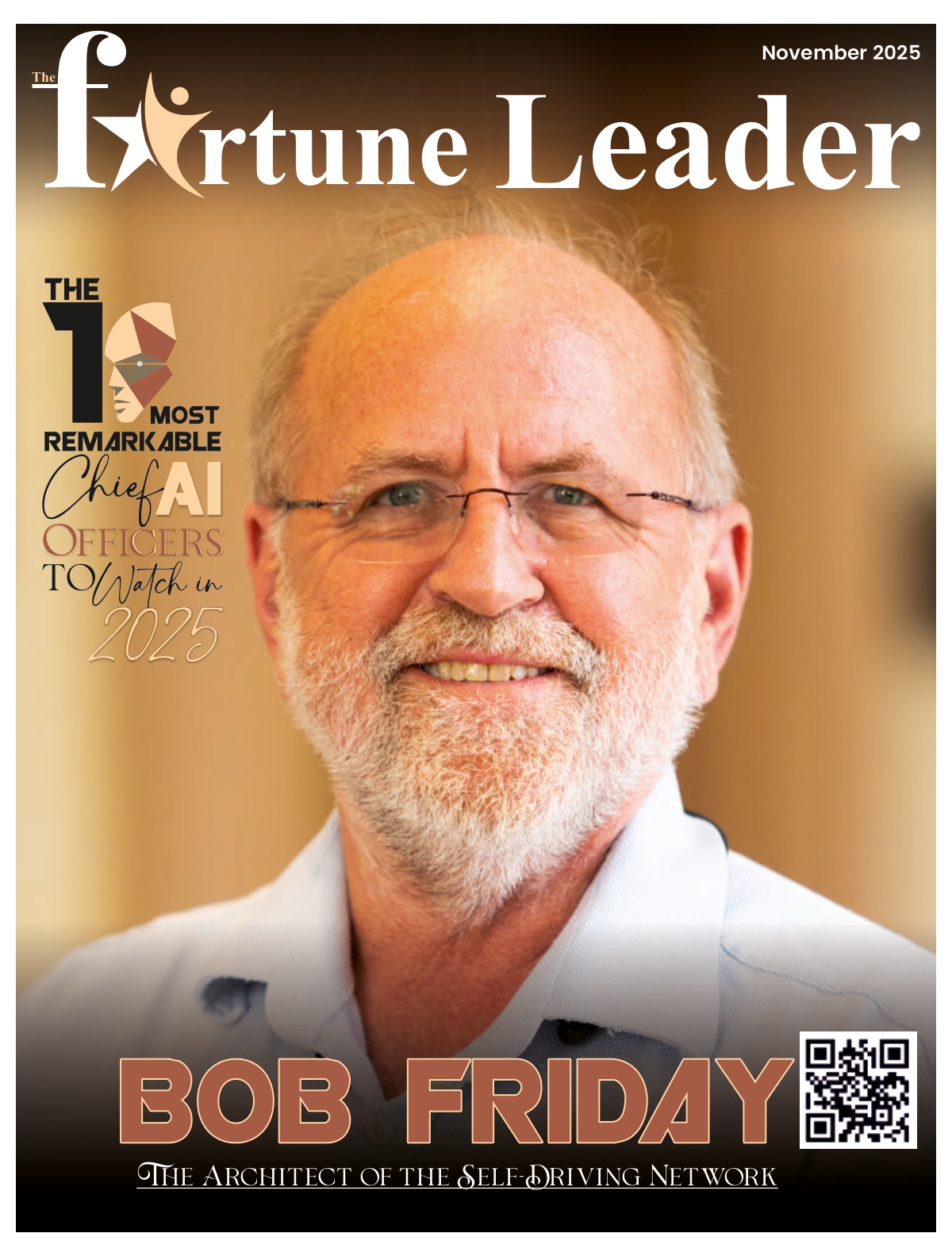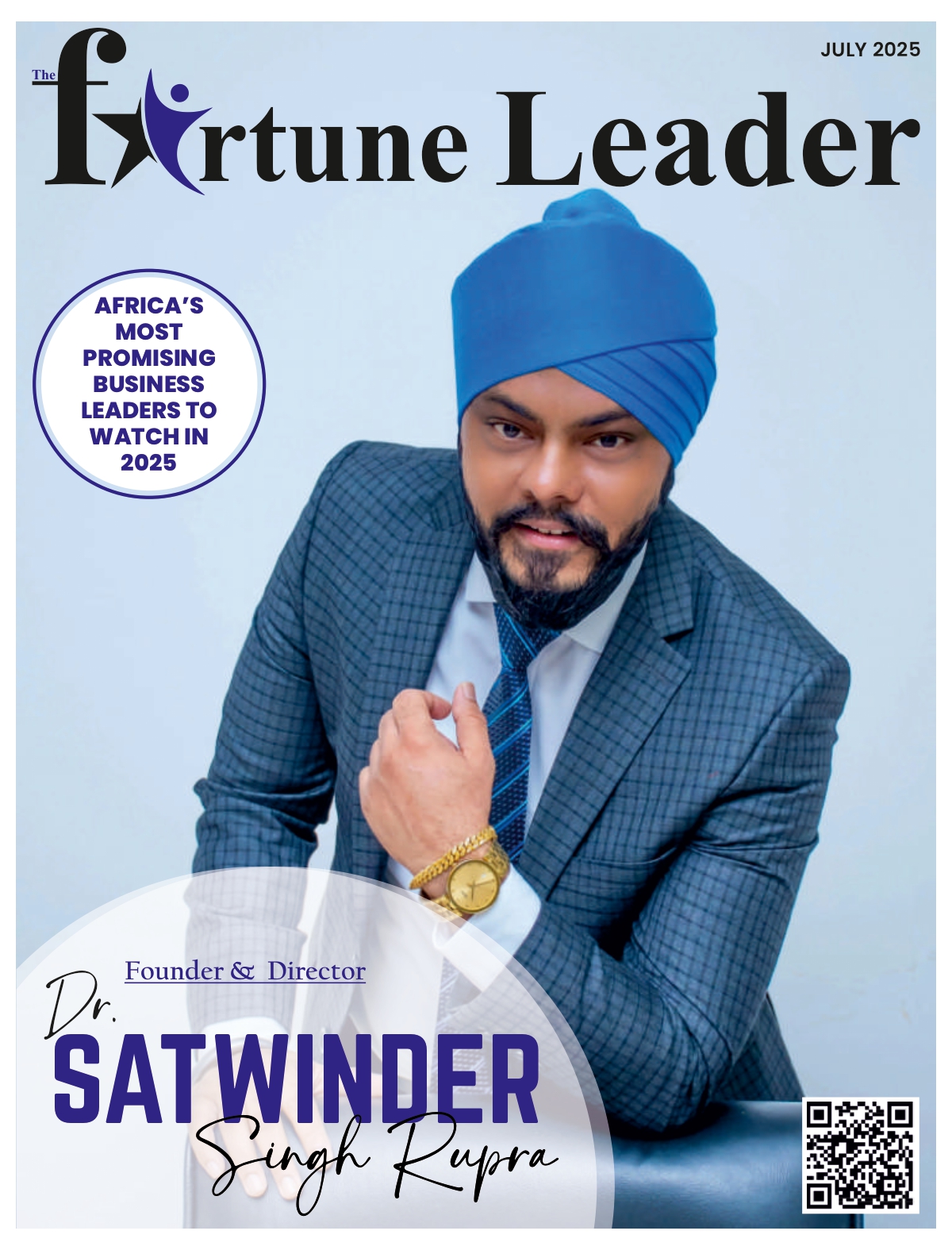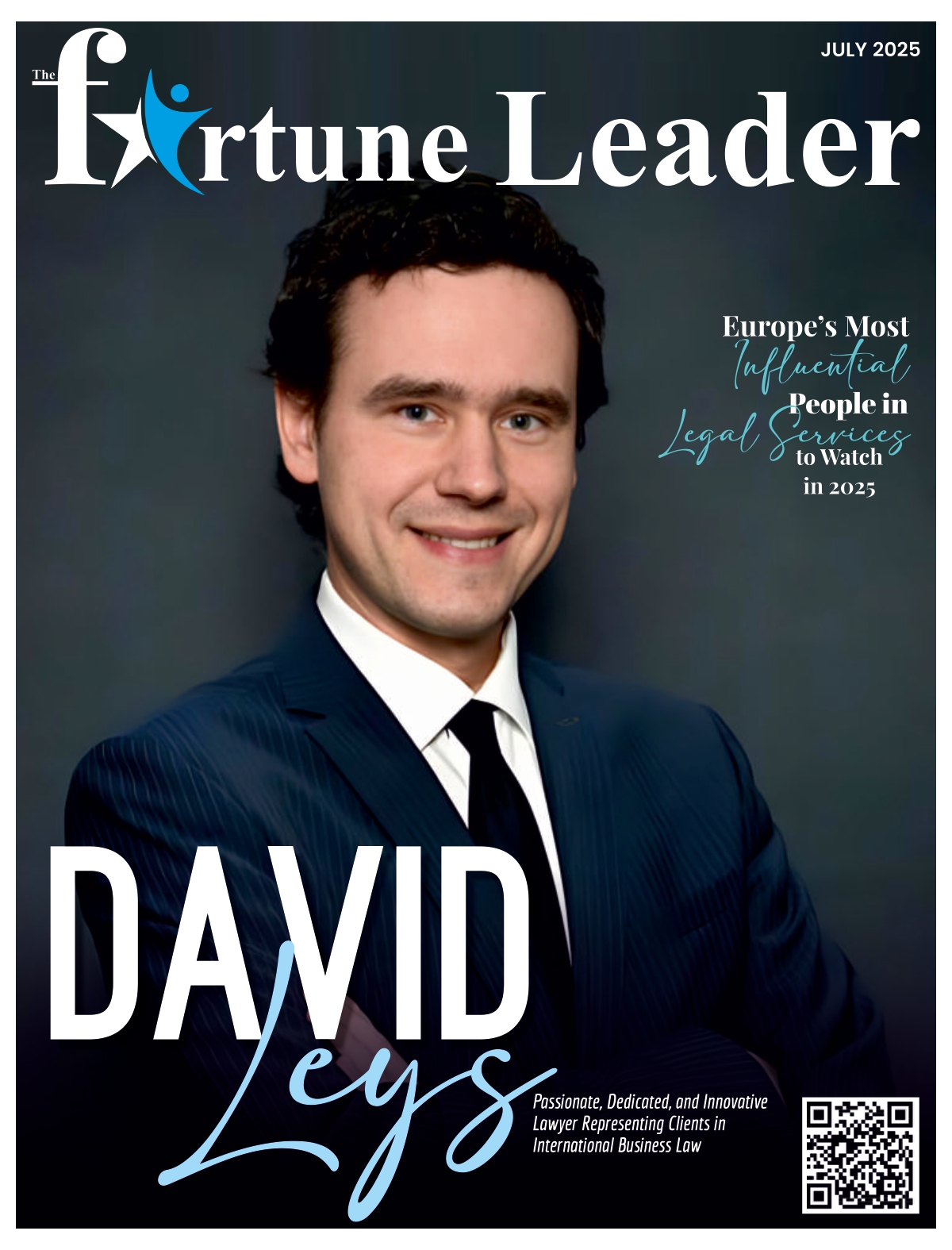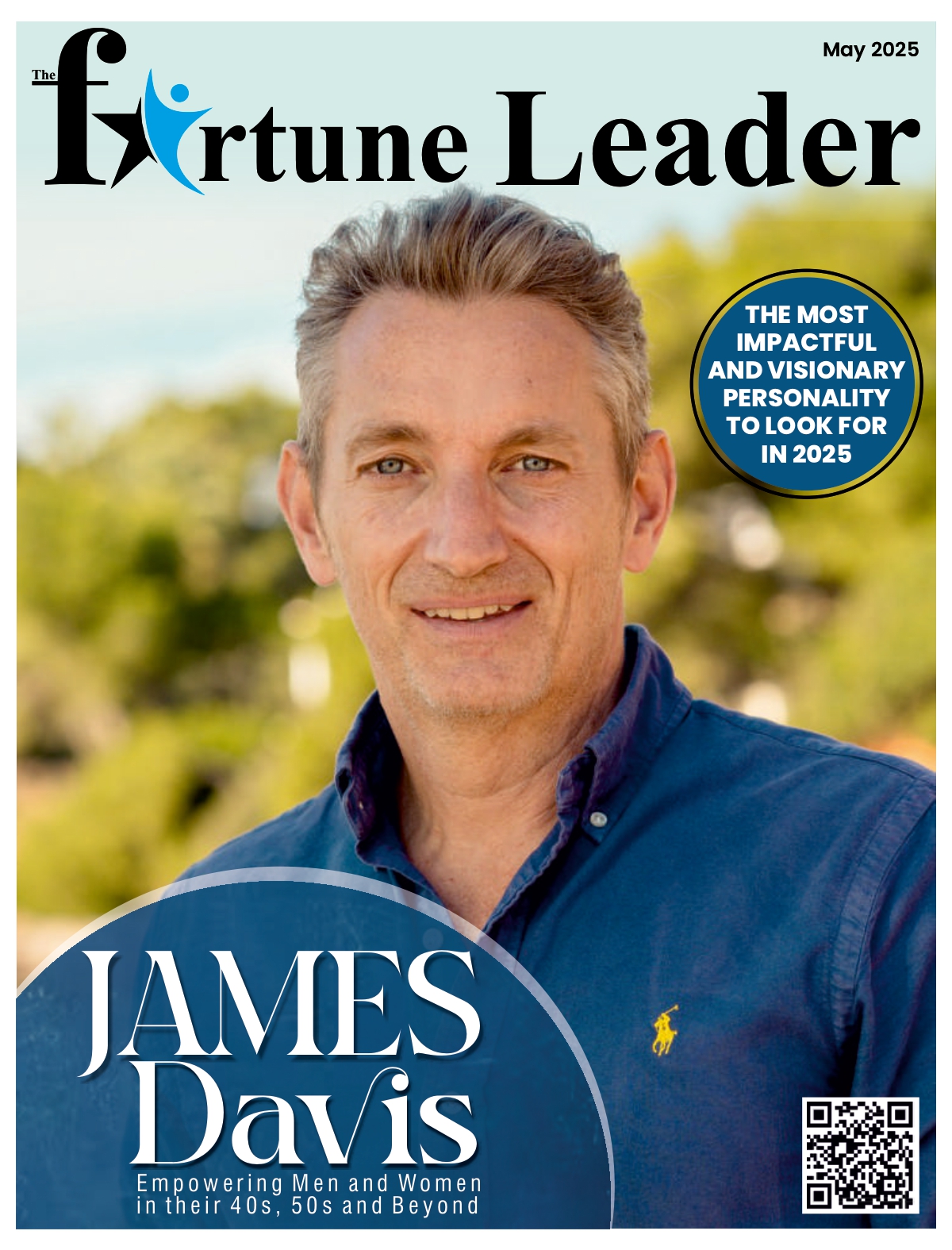In the dynamic world of technology, where innovation moves at the speed of light and transformation is the only constant, few leaders have consistently stayed ahead of the curve. Bob Friday, Chief AI Officer at HPE Juniper Networking, is one of them. His career reads like a blueprint for the evolution of modern networking from the early days of wireless mesh systems to today’s AI-driven, self-healing networks. But beyond his technical brilliance, it is his vision to make mobile access to the internet as ubiquitous and reliable as clean water and power that continues to guide his journey.
From the Dawn of Wireless to the Age of Intelligence
Bob’s career began at the intersection of policy and possibility. The unlicensed spectrum rules created by the FCC in the 1980s opened the door for wireless innovation, a door he was determined to walk through. His first major role at Metricom saw him helping build the Ricochet network, one of the earliest large-scale wireless mesh systems in the United States. “It was about connecting laptops to the emerging internet,” he recalls. “That’s when I realized connectivity would soon become as essential as any utility.”
From Metricom, Bob went on to co-found Airespace, a company that revolutionized how enterprises managed Wi-Fi networks as the workplace became increasingly mobile. When Cisco acquired Airespace in 2005, Bob took on a new challenge leading their enterprise mobility strategy as CTO. His work there pushed forward key industry standards like Hotspot 2.0 and Passpoint, while his team developed innovative wireless location experiences that redefined how users connected and navigated digital environments.
But it was during Cisco’s due diligence on the Meraki acquisition in 2012 that Bob, glimpsed the future of cloud-managed networking. Around the same time, IBM’s Watson famously defeated Jeopardy champion Ken Jennings, signalling that AI had moved from the lab into the real world.
Founding Mist: The Birth of the Self-Driving Network
In 2014, Bob co-founded Mist Systems with a bold vision: to bring real-time, AI-powered automation to enterprise networking. Mist introduced the world to “Marvis,” an AI-driven assistant designed to help IT teams manage networks proactively rather than reactively. It was not just about fixing connectivity issues faster it was about predicting and preventing them before users even noticed.
“The shift,” Bob explains, “was from managing network elements to managing the client-to-cloud user experience. That required a real-time, cloud-based AIOps architecture and a clean slate approach.”
Leading with Vision and Heart
For Bob, leadership has always been a team sport. His startup roots taught him that building a business is not the same as building a product. “You need great customers, great teams across every function, and a shared sense of purpose,” he says. His leadership philosophy blends visionary thinking with practical execution grounded in customer outcomes and driven by empathy for users.
That empathy has been crucial to his focus on artificial intelligence. The turning point came when a large retail customer told him bluntly that they would not deploy his solution until he could ensure faster updates, eliminate crashes, and guarantee a great user experience. “That was when I realized AI wasn’t optional,” Bob says. “We needed real-time cloud AIOps to deliver what customers expected.”
The Chief AI Officer’s Mandate
Today, as Chief AI Officer of HPE Networking, Bob’s role sits at the intersection of technology and transformation. His mandate is clear: guide the expansion of HPE Networking’s Marvis AIOps platform across the enterprise portfolio to deliver an unparalleled client-to-cloud experience. That means setting the long-term AI vision, aligning technology roadmaps with market needs, and driving collaboration between engineering, data science, and product teams.
Balancing strategy and innovation, he says, requires connecting horizon-two research with horizon-one execution. “Innovation can come from anywhere,” he notes. “My job is to water it when I see it.”
AI as the Core of the HPE Juniper Mission
Under Bob’s direction, AI is not an add-on, it’s the foundation of HPE Networking’s self-driving networking journey. By embedding AI into every layer of the network, HPE Networking is moving from reactive problem-solving to predictive, autonomous operations.
Key innovations like the Marvis Conversational Interface, Marvis Actions, Marvis Large Experience Model (LEM), and Marvis Minis exemplify this evolution. These agentic-based tools help predict and resolve issues before they affect users, automate repetitive IT tasks, and continuously learn to improve performance.
AI in Action: Transforming Support and Operations
One of Bob’s proudest initiatives has been integrating Marvis AI directly into HPE Networking’s customer support operations. Traditionally, support teams worked in silos, responding to tickets after problems arose. With a cloud AIOps architecture, support is now built into the product itself.
Ethical AI, by Design
Bob is also a vocal advocate for responsible AI. Under his leadership, HPE Networking has adopted a set of AI Innovation Principles emphasizing transparency, explainability, inclusivity, and data security. “AI should be intentional,” he insists. “It should inform human decision-making, not manipulate human experience.”
The Future: Agentic AI, Trust, and Scale
Looking ahead, Bob identifies three trends that will define AI in 2025 and beyond. Agentic AI, he says, represents a new paradigm, one that allows automation of complex, nonlinear tasks traditionally requiring human reasoning.
Trust, meanwhile, is becoming the new currency. Just as users now trust autonomous vehicles to drive them safely, IT teams will increasingly trust AI systems like Marvis Actions to make and execute operational decisions.
AI and the Next Frontier of Networking
Bob envisions AI transforming networking in three key dimensions: security, automation, and customer experience. The same data used to optimize user experience can now predict cyber risks in real time. Automation will continue to eliminate manual tasks, making networks truly self-driving. And customer experience, once measured in uptime and speed, will evolve into something richer: networks that anticipate needs, adapt dynamically, and make technology feel invisible.
Building Teams for the Future
At the heart of Bob’s leadership is a belief that innovation starts with people. He fosters teams that prioritize customer problems over technical novelty, encouraging curiosity and collaboration across disciplines. “AI is not just math and models,” he says. “It’s about automating cognitive tasks and that takes diversity of thought and trust.”
He also cultivates a culture of continuous learning, encouraging engineers to explore, experiment, and connect their insights back to customer outcomes. “Adaptability comes from empowering people to take risks,” he notes. “Setbacks are part of progress.”
The Road Ahead
Bob’s long-term vision for AI at HPE Networking is clear: deliver on the promise of the Self-Driving Network, a system intelligent enough to predict, adapt, and improve continuously. Through the integration of generative AI, agentic automation, and integration with HPE GreenLake Intelligence, Marvis is evolving from a virtual assistant into a true AI copilot for IT teams.
“The goal,” Bob says, “is to take complexity off operators’ shoulders, reduce costs, and give enterprises a network that just works.”
Words to the Next Generation of AI Leaders
Bob’s advice to aspiring AI leaders is both humble and profound: stay grounded in customer problems. “The real impact of AI isn’t in the model,” he says, “it’s in solving challenges that matter.” He encourages curiosity, resilience, and collaboration, reminding future innovators that AI is ultimately a team effort.
“If you can combine technical vision with empathy for users and a commitment to responsible innovation,” he concludes, “you’ll do more than build great products, you’ll build technology that truly makes life better.
- 📌 Visit Bob Friday👉 – LinkedIn Profile
- 🌐 Explore Juniper Networks 👉 – Company Website

